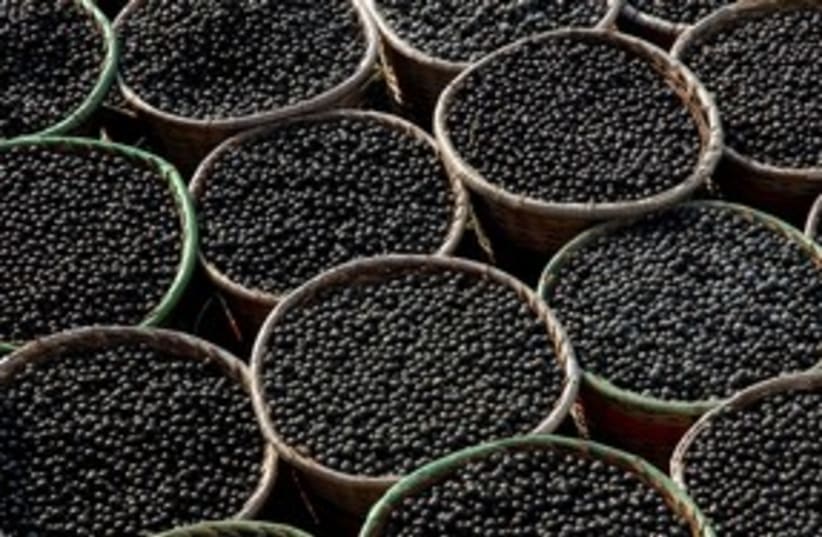Acai BerriesEveryone knows blueberries, strawberries, blackberries and raspberries are extremely healthy; but what about acai berries? Grown on the acai palm tree in the rain forests of Brazil, Trinidad, and Panama, are a dark purple fruit that bear a striking resemblance to a grape. However, unlike a grape (and many other fruits for that matter) each acai berry (pronounced Ah-sigh-ee) contains 8 grams of pure protein. While this is quite impressive, the acai berry’s super powers extend far beyond this. To begin with, these berries are packed full of dietary fiber. In every 100 grams, there are 43 grams of carbs of which 27 grams are pure fiber. Fibre, while a carbohydrate, takes a long time to digest, this not only means that we stay full longer, but it also does not have a roller-coaster effect on our blood sugar levels – which is important for proper brain function.
Healthy Eating: The New Superfoods on the Block
Out with the old and in with the new – from safflower oil, to mushrooms, to chia seeds and acai berries, find out what these incredible foods can do for you.

Acai BerriesEveryone knows blueberries, strawberries, blackberries and raspberries are extremely healthy; but what about acai berries? Grown on the acai palm tree in the rain forests of Brazil, Trinidad, and Panama, are a dark purple fruit that bear a striking resemblance to a grape. However, unlike a grape (and many other fruits for that matter) each acai berry (pronounced Ah-sigh-ee) contains 8 grams of pure protein. While this is quite impressive, the acai berry’s super powers extend far beyond this. To begin with, these berries are packed full of dietary fiber. In every 100 grams, there are 43 grams of carbs of which 27 grams are pure fiber. Fibre, while a carbohydrate, takes a long time to digest, this not only means that we stay full longer, but it also does not have a roller-coaster effect on our blood sugar levels – which is important for proper brain function.